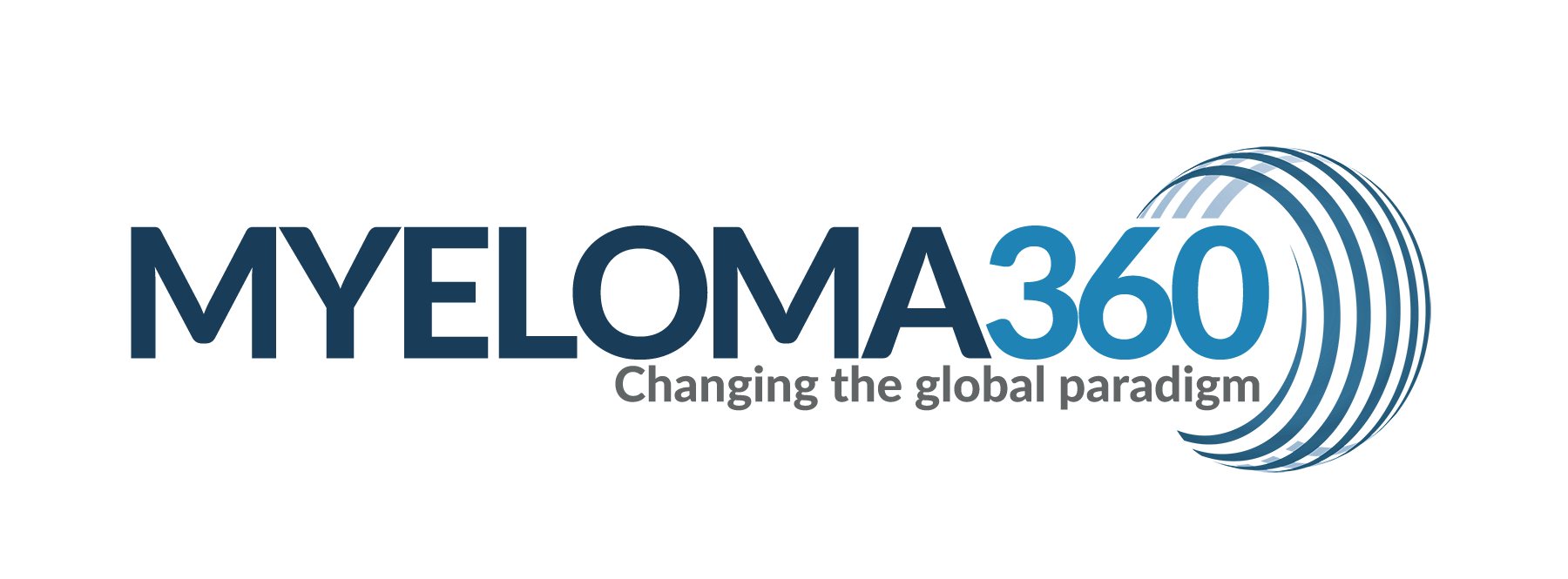Acta Haematol. 2024 Sep 16:1-17. doi: 10.1159/000540232. Online ahead of print.
ABSTRACT
INTRODUCTION: High-dose therapy with melphalan followed by autologous stem cell transplant at the upfront setting (upfront ASCT) has significantly improved clinical outcomes of myeloma patients and become the standard of care for the past 30 years. However, with the advent of modern induction therapy, the role of upfront ASCT approach has been called into question. Several prospective studies have examined whether continuing with triplet therapy as consolidation with optional ASCT at relapse (triplet-alone) could result in comparable outcomes.
METHODS: This was a systematic review and meta-analysis of randomized controlled trials comparing upfront ASCT vs. triplet-alone approach among myeloma patients treated with triplet therapy as induction. Cochrane Library, PubMed, conference proceedings and references were searched until January 2023. Primary outcome was overall survival (OS). Secondary outcomes included progression free survival (PFS), safety, and SPM. Subgroup analysis was conducted for high risk cytogenetics (defined by the presence of either 17p deletion, t(4;14) or t(14;16)).
RESULTS: Our search yielded three trials, conducted between 2010-2018, including 1,737 patients. Two trials evaluated bortezomib plus lenalidomide (VRd) induction and the third study tested carfilzomib plus lenalidomide (KRd) induction. Maintenance was given in all trials to both arms. There was no difference in OS between the arms, the pooled OS in all patients and in those with high-risk cytogenetics was HR 1.03 (95% CI, 0.85-1.26; I2 = 0%; 1,737 patients, 3 trials), and 0.85 (95% CI, 0.59-1.23; I2=0%; 222 patients, 2 trials), respectively. The pooled PFS for upfront ASCT vs. triplet-alone was significantly improved in all the patients and in the high-risk cytogenetics subgroup, HR 0.67 [95% CI 0.59-0.76; I2 = 0%; 1,737 patients, 3 trials] and HR 0.59 [95% CI 0.44-0.7; I2 = 0%; 306 patients, 3 trials], respectively. The risk of any grade 3-4 adverse events was higher in the upfront ASCT arm vs triplet-alone approach [RR=1.17 [95% CI, 1.12-1.23; 1,737 patients]. The risk of secondary malignancies was reported in all three trials and was comparable between both arms. Two trials reported on secondary myeloid neoplasms, which were significantly higher among upfront ASCT arm vs triplet-alone approach, OR 9.7 (1.8-52.25, I2=0%, 1422 patients).
CONCLUSION: Although upfront ASCT approach in the era of triplet therapy resulted in significantly longer PFS among all patients, this did not translate into a survival benefit, regardless of cytogenetics risk. Upfront ASCT arm was associated with an increase rate of secondary myeloid neoplasms. In the current plethora of innovative therapies, the role of upfront ASCT is debatable.
PMID:39284295 | DOI:10.1159/000540232
